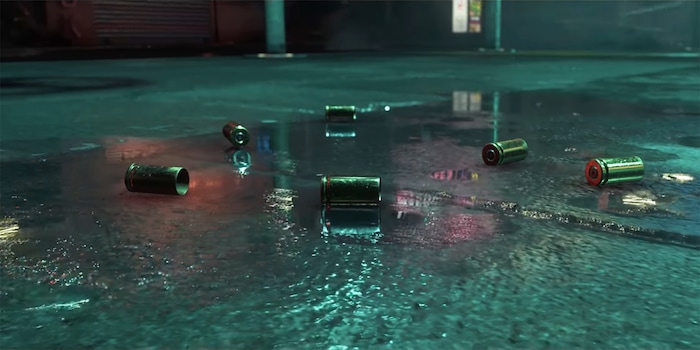
Raytracing without RT cores: Nvidia makes what no one needs
Until recently, Raytracing was exclusive to Nvidia RTX cards. Thanks to driver updates, this feature will now also reach older generation cards thanks to Pascal architecture. This sounds like a triumph, but in reality it probably won’t knock anybody’s socks off.
Raytracing without RT cores is possible. Of course it is, the first picture using raytracing as a basic function was computed in 1963 at the University of Maryland. After that, the technology was used again and again in movies. Raytracing computations for gaming have only been made available recently with Nvidia’s new RTX cards.
This assumption isn’t quite correct, however, as a demo by Crytek shows. In their «Neon Noir Demo», the developers of Cryengine 5 clearly show how RT cores aren’t necessary to achieve real-time raytracing. The video demonstrates real-time raytracing being performed by an AMD RX Vega 56.
DirectX-Raytracing available with Pascal architecture from April
Now Nvidia has announced new drivers releasing in April that will enable raytracing on all previous generation cards with Pascal architecture. These are the cards that will be supported: GeForce GTX 1060 6 GB, GeForce GTX 1660, Geforce GTX 1660 Ti, GeForce GTX 1070, GeForce GTX 1070 Ti, GeForce GTX 1080, GeForce GTX 1080 Ti, Titan X and Titan XP.
RT calculations will be performed with Shader cores on these cards. These will, however, be significantly slower that dedicated RT cores. Complex RT calculations will therefore only be possible on RTX cards for now.
Is this all one big scam?
Isn’t it great how Nvidia cares for its customers? As activating RTX will reduce GPU performance by around 30-40%, however, I wouldn’t explode with gratitude just yet. This feature probably serves Nvidia’s marketing more than gamers. And now I’ve contributed to this whirlwind – whoops.
Even if raytracing is gaining support, it’ll be at least two to three years before games using this technology reach us on a large scale. Until then, previous generation cards will probably still run at maximum capacity even without raytracing enabled.
AMD has also confirmed multiple times that they’re also working on raytracing, by the way. Most recently by CEO Lisa Su at this year’s CES. She affirmed that this would apply to both software and hardware projects. It remains to be seen if AMD will follow Nvidia’s lead and start offering raytracing on graphics cards themselves.
I find my muse in everything. When I don’t, I draw inspiration from daydreaming. After all, if you dream, you don’t sleep through life.
From the latest iPhone to the return of 80s fashion. The editorial team will help you make sense of it all.
Show all